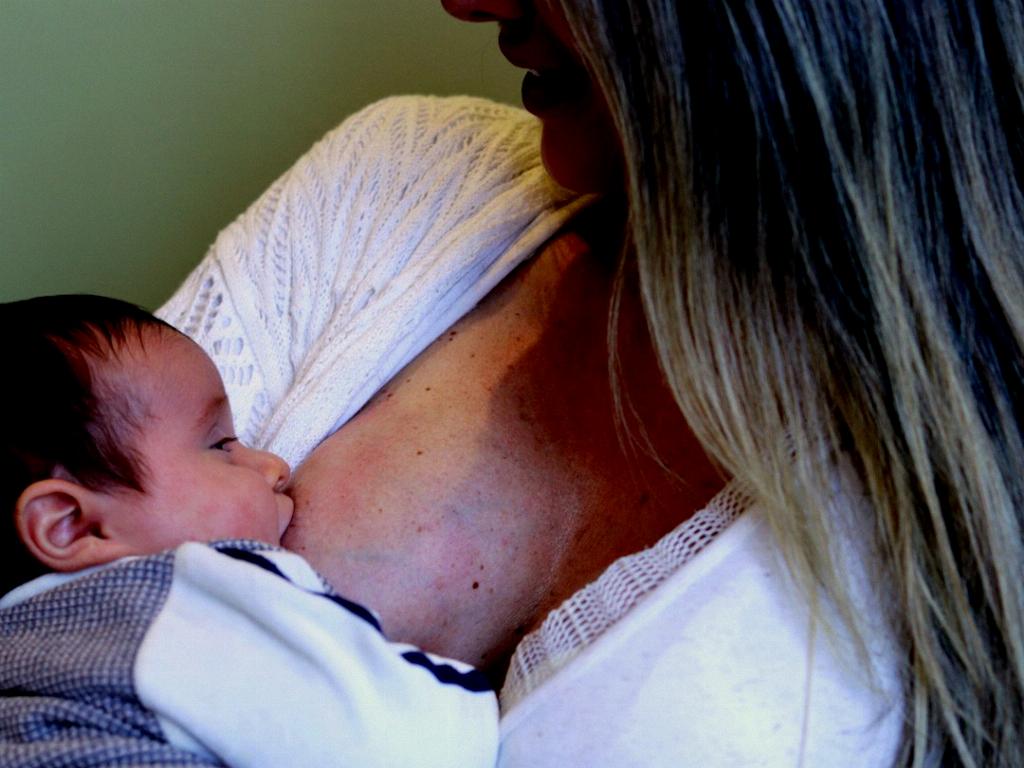Before delving into the treatment of milk blisters on babies’ lips, it’s essential to understand what these blisters are and why they occur. Milk blisters, also known as breastfeeding blisters or sucking blisters, are a common occurrence among breastfeeding mothers and their babies. These blisters typically form on the lips of infants due to friction or improper latch during breastfeeding.
Importance of Proper Latch
A key factor in preventing and treating milk blisters on babies’ lips is ensuring a proper latch during breastfeeding. A good latch is crucial for effective milk transfer and to prevent any unnecessary friction that could lead to blisters. Working with a lactation consultant can be incredibly beneficial in establishing a correct latch and resolving any breastfeeding issues.
Support and Guidance
When faced with milk blisters on your baby’s lips, it’s vital to seek support and guidance from healthcare professionals. Consulting a pediatrician or a lactation consultant can provide you with valuable advice on how to manage the blisters and prevent them from recurring.
Natural Healing Process
One comforting fact about milk blisters on babies’ lips is that they generally heal on their own without the need for specific treatment. Continuously feeding your baby as usual can help them get accustomed to the sucking motion, allowing the blisters to clear up naturally.
Consideration of Pain Management
While milk blisters typically resolve on their own, it’s essential to consider pain management for your infant during this process. Using safe and recommended methods for soothing any discomfort your baby may experience can make the healing process more comfortable for them.
Hygiene and Care
Ensuring proper hygiene and care of your baby’s lips is paramount when dealing with milk blisters. Keeping the area clean and dry, as well as avoiding harsh chemicals or products, can help prevent any additional irritation and promote healing.
Avoiding Unnecessary Intervention
It’s crucial to avoid unnecessary intervention or attempting to “pop” the blisters on your own. This can lead to increased risk of infection and further discomfort for your baby. Trusting the natural healing process is often the best course of action.
Patience and Persistence
Patience and persistence are key when dealing with milk blisters on babies’ lips. While it may be concerning to see your little one experiencing discomfort, staying calm and allowing the blisters to heal at their own pace is often the most effective approach.
Healthcare Professional Consultation
If you have any concerns or questions regarding milk blisters on your baby’s lips, don’t hesitate to consult a healthcare professional. They can provide tailored advice and guidance based on your baby’s specific situation, ensuring that you have the support you need.
Ensuring Comfort and Nourishment
Ultimately, the primary goal when treating milk blisters on babies’ lips is to ensure your little one’s comfort and continued nourishment. By focusing on maintaining a proper latch, providing pain relief as needed, and promoting proper healing, you can help your baby through this temporary challenge.
Emotional Support
It’s essential to remember that dealing with milk blisters on your baby’s lips can be emotionally challenging for parents. Seeking emotional support from loved ones or support groups can provide you with the encouragement and understanding you need during this time.
Final Thoughts
In conclusion, treating milk blisters on babies’ lips involves a combination of proper latch establishment, natural healing, hygiene maintenance, and pain management as needed. By staying informed, seeking professional guidance, and providing your baby with the comfort and care they require, you can navigate this common breastfeeding challenge with confidence and grace.

